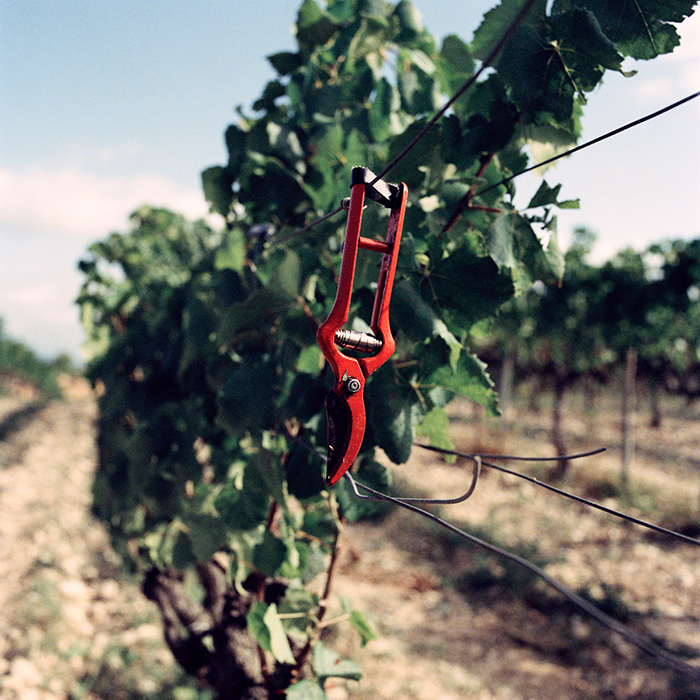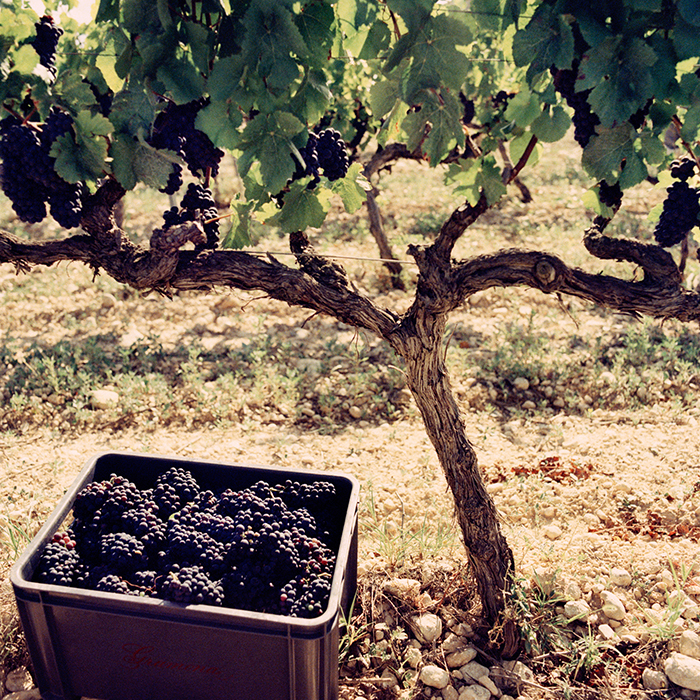Is Cava in crisis?
Author: Lenka Sedlackova MW

Earlier this year, the news broke that some of Spain’s most prestigious Cava producers (working together under the recently created Corpinnat brand name) decided to leave the Cava DO. Over the past decade, we have seen an increasing number of Spanish producers become disenchanted with the Spanish appellation system and laws, and their lack of terroir and vineyard focus. More famously, former Rioja heavyweight Artadi left the DOCa in 2016. This resulted in an introduction of a single-vineyard designation under the Rioja banner, a reactionary approach mirroring the Cava DO’s similarly reactionary introduction of single-site designation “Cava de Paraje Calificado” in 2017.
It is hard to decide whether to consider Corpinnat’s departure from the Cava DO a good move. There are now, essentially, three splinter groups of sparkling wine producers in Catalunya. And the consumer is none the wiser.
First, you have our very own Raventós i Blanc, who left the Cava DO in 2012, with a vision to create its own, terroir-specific appellation centred around the vineyards in the valley of river Anoia – Conca del Riu Anoia. Raventos’s steadfast determination to quality and terroir-definition is undoubtably impressive, but it is working very much on its own. If it has any hope of creating a new appellation, it will need like-minded producers to join in its quest – and with that comes a certain amount of compromise.
You could argue that one of the reasons Cava isn’t really working at the moment is because there is too much compromise afforded to producers within the DO, and the rules favour large-scale production. There isn’t enough rigour and specific origin focus to entice quality-minded producers to stay. Interestingly enough, working outside of a DO has given Raventós the flexibility to explore indigenous grape varieties not allowed in the production of Cava, such as the pink-skinned Xarel·lo Vermell, Sumoll or Montònega (a pink-skinned clone of Parellada), adding a further point of difference to its sparkling wines.
Second up is Classic Penedès, a classification for sparkling wines made within the Penedès DO. Classic Penedès was created in 2013, after a handful of well-known producers – such as Albet i Noya and Colet – left the Cava DO. Its aim was to create a classification based on quality, regional specificity (Cava can be made in nine provinces across Spain), with longer minimum ageing requirements (essentially, they are all Reservas) and a firm focus on organic viticulture, making this the world’s first 100% organic-certified sparkling wine appellation. This is a growing brand and there are now 17 producers making sparkling wine under Classic Penedès. It offers a solution with a more regional denomination, better farming practices and stricter production rules, but many producers are hesitant to join, feeling that it doesn’t go far enough and still lacks the international recognition of a name like Cava.
Thirdly, there is the relatively newly created Corpinnat group. The name has Latin roots and means, simply, “The Heart of the Penedès”. The group of producers who initially created Corpinnat were all part of the Cava DO, and indeed considered the best producers within it, including our friends at Gramona. So renowned are these producers that the vast majority of the recently created Cava de Paraje Calificado category wines are made by them. Corpinnat leaving the DO has rendered the entire Cava de Paraje Calificado category relatively pointless, as it was largely created to appease and compliment the efforts of these top producers, and their focus on site, soils and long ageing on lees.

Corpinnat producers had long been looking for further distinction from the mass-produced cheap Cava that still dominates the market – more stringent rules of production, focus on specific origin, organic viticulture, longer ageing, not unlike Classic Penedès. Corpinnat (now an EU-registered brand), however, was trying to instigate change from within the Cava DO. And, sadly, the DO was having none of it.
So here we have three separate efforts to steer sparkling wine production in Catalonia towards greater quality, sustainability and regional specificity. While we should applaud these premium producers for following the “right” path, this fragmentation has, inadvertently, created extra layers of complexity and confusion for customers. The choice between Cava, Classic Penedès, Conca del Riu Anoia (Raventós) and Corpinnat is not immediately clear. It potentially presents a headache for sommeliers, too, with regards to wine list wording, and the need to hand-sell.
Not all is lost, however. Most recent developments suggest that the Corpinnat group is back in talks with the Consejo Regulador of the Cava DO, seeing if there may be a way for them to work together. The only way this would work would be for Corpinnat to exist within the Cava DO, which may not be looked on favourably by some of Cava’s more volume-focused brands – but even they must realise that losing premium producers who help lift the overall quality and prestige of Cava around the world would just be madness.
We work with two premium Spanish sparkling wine producers, Raventós i Blanc and Gramona, who both use the designation “Vino Espumoso de Calidad” and currently work outside an appellation system. Both producers work organically and biodynamically, focusing on long ageing on lees and producing exceptional-quality wines made from indigenous grape varieties.


